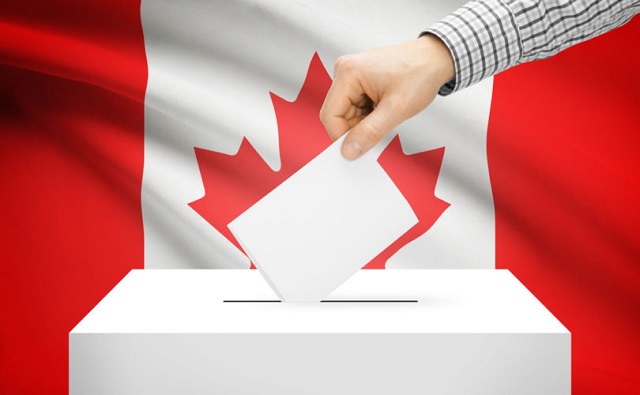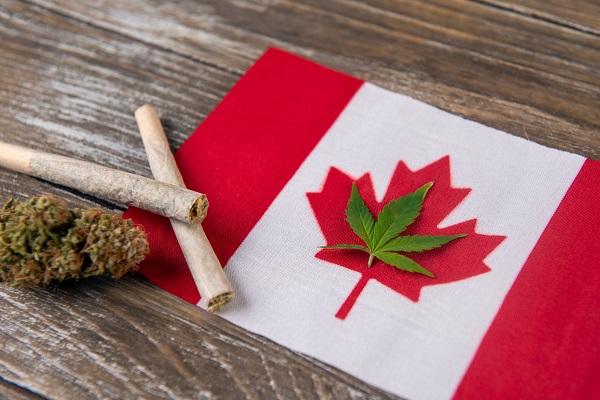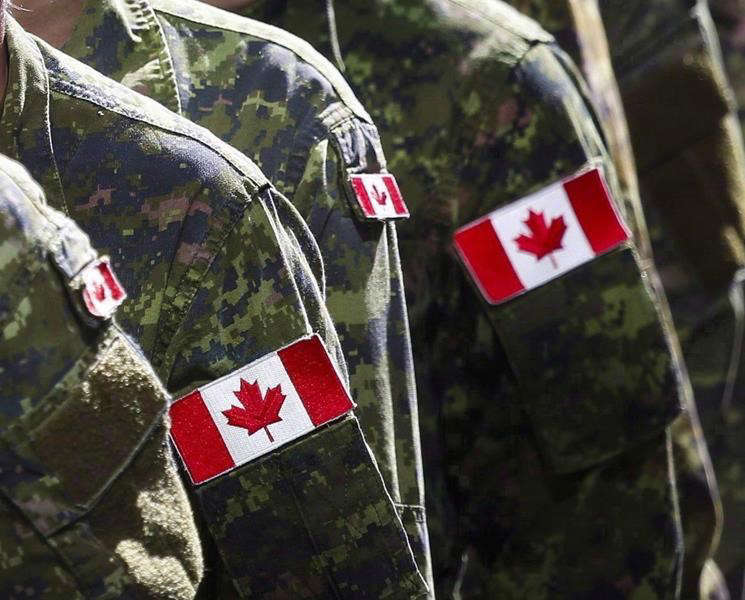David Clinton
You’re Actually Voting for THEM? But why?


 By David Clinton
By David Clinton
Putting the “dialog” back in dialog
I hate it when public figures suggest that serious issues require a “dialog” or a “conversation”. That’s because real dialog and real conversation involve bi-directional communication, which is something very few public figures seem ready to undertake. Still, it would be nice is there was some practical mechanism through which a conversation could happen.
It should be obvious – and I’m sure you’ll agree – that no intelligent individual will be voting in the coming federal election for any party besides the one I’ve chosen. And yet I’ve got a nagging sense that, inexplicably, many of you have other plans. Which, since only intelligent people read The Audit, leads me directly to an epistemological conflict.
I have my doubts about the prospects for meaningful leadership debates. Even if such events are being planned, they’ll probably produce more shouting and slogans than a useful comparison of policy positions.
And I have remarkably little patience for opinion polls. Even if they turn out to have been accurate, they tell us absolutely nothing about what Canadians actually want. Poll numbers may be valuable to party campaign planners, but there’s very little there for me.
If I can’t even visualize the thinking taking place in other camps, I’m missing a big part of Canada’s biggest story. And I really don’t like being left out.
So I decided to ask you for your thoughts. I’d love for each of you to take a super-simple, one question survey. I’m not really interested in how you’re planning to vote, but why. I’m asked for open-ended explanations that justify your choice. Will your vote be a protest against something you don’t like or an expression of your confidence in one particular party? Is it just one issue that’s pushing you to the polling station or a whole set?
I’d do this as a Substack survey, but the Substack platform associates way too much of your private information with the results. I really, really want this one to be truly anonymous.
And when I say this is a “super simple” survey, I mean it. To make sure that absolutely no personal data accompanies your answers (and to save me having to work harder), the survey page is a charming throwback to PHP code in all its 1996 glory.
So please do take the survey: theaudit.ca/voting.
If there are enough responses, I plan to share my analysis of patterns and trends through The Audit.
Business
Cannabis Legalization Is Starting to Look Like a Really Dumb Idea

Back in March 2024, I wrote about some early indications that Canada’s legalization of cannabis was, on balance, causing more harm than good. Well it looks like we’ve now moved past “early indications” and entered the “nervously searching for the exit” stage.
The new concerns follow the recent release of a couple of groundbreaking Canadian studies: Cannabis Use Disorder Emergency Department Visits and Hospitalizations and 5-Year Mortality which found evidence relating cannabis use to early death, and Convergence of Cannabis and Psychosis on the Dopamine System which describes a possible biological mechanism linking cannabis use to psychosis.
Canadian governments had very little moral liability for the medical consequences of cannabis use before they legalized it in 2018. However, legalization predictably led to a near doubling of consumption. In 2012, according to Statistics Canada, just 12.2 percent of Canadians 15 and over had used cannabis in the previous 12 months. By 2022, that number had climbed to 22 percent – representing nearly seven million Canadians. Cases of cannabis use disorder (CUD) treated in Ontario hospitals increased from just 456 in 2006 to 3,263 in 2021.
The government’s decision to legalize the drug¹ has arguably placed millions of additional people at risk of serious health outcomes.
Let’s take a look at the new evidence. The mortality study used hospital care and mortality data for more than eleven million Ontario residents. The researchers were given meaningful access to raw data from multiple government sources and were apparently compliant with all appropriate privacy regulations. They tracked 107,103 individuals who, between 2006 and 2021, were treated in an Ontario hospital for cannabis use disorder.
The main control group used for statistical comparison was all Ontarians. And the secondary control group was made up of individuals with incident hospital-based care for other substance use disorders, like alcohol, opioids, stimulants.
The primary outcome tracked by the study was all-cause mortality. The secondary outcome was mortality subdivided into alcohol poisoning, opioid poisoning, poisoning by other drugs, trauma, intentional self-harm, cancer, infection, diseases of the circulatory system, respiratory system, and gastrointestinal system.
The researchers adjusted for age, sex, neighborhood income quintile, immigrant status, and rurality (urban vs rural residence). They also controlled for comorbid mental health and care for substance use during the previous 3 years.
In other words, this looks like a well-constructed retrospective study based on excellent data resources.
What did they discover? People who received hospital-based care for cannabis use disorder were six times more likely to die early than the general population. And those CUD-related deaths lead to an average 1.8 life-years lost. After adjusting for demographic factors and other conditions, the added risk of early death was still three times greater than the general population. (Although people with CUD incidents were less likely to die young than those with other substance abuse disorders.)
CUD incidents were associated with increased risks for suicide (9.7 times higher), trauma (4.6 times higher), opioid poisoning (5.3 times higher), and cardiovascular and respiratory diseases (2 times higher).
The Convergence of Cannabis and Psychosis study was performed in and around London, Ontario. This one is a bit beyond my technical range, but they claim that:
Elevated dopamine function in a critical SN/VTA subregion may be associated with psychosis risk in people with CUD. Cannabis was associated with the hypothesized final common pathway for the clinical expression of psychotic symptoms.
Which does indicate that there may be more connecting cannabis to overall harm than just social or economic influences.
I’m not suggesting that the government should restore the original ban on cannabis. Like alcohol prohibition, the moment when that might have been possible is now long past. But I am wondering why politicians find it so difficult to wait for even minimal scientific evidence before driving the country over the cliff?
armed forces
How Much Dollar Value Does Our Military Deliver?

To my great surprise I recently noticed that, despite being deeply engaged in wars against at least four determined enemies, Israel doesn’t spend all that much more on their military than Canada does on its forces. What might that tell us about government efficiency?
There’s fairly universal agreement that Canada doesn’t spend enough on its military. But before we can even ask how much we should be spending, we should understand how much we’re already spending. And figuring that out isn’t nearly as easy as I’d expected.
According to the 2025–26 Expenditures by Purpose data released by the Treasury Board Secretariat, the Department of National Defence (DND) was allocated $35.7 billion (CAN). However, the New York Times recently reported that Primer Minister Carney’s $9.3 billion increase would bring the total defence-related spending to $62.7 billion – which suggests that, prior to the increase, we were set to spend $53.4 billion (CAN).
So I’ll work with both of those figures: $35.7 billion ($26 billion USD) and the pre-announcement $53.4 billion ($39 billion USD). By contrast, Israel currently spends around $37 billion (USD) on the Israel Defense Forces (IDF) which is in the neighborhood of 18 percent of their total budget.¹ The IDF is (literally) getting a much bigger bang for their buck.²
I’m going to compare the military inventories of both countries to get a sense of what a dollar of government spending can get you. I understand that this isn’t an apples-to-apples comparison and there are many complicating factors here. But I think the exercise could lead us to some useful insights. First off, here’s a very rough estimate of existing inventories:
I’m sure there are plenty of caveats we could apply to those numbers, including how much of that equipment is actually fit for service on any given day. But they’ll have to do.
In addition, there are currently 68,000 regular troops in the Canadian Armed Forces (CAF) along with 22,500 reserves, while the IDF employs 169,500 regular troops and 465,000 reserves. They also cost money.
Based on some very rough estimates,³ I’d assess the value of IDF assets at around 2.6 times the value of comparable CAF assets. That means that the IDF – using their procurement systems – would need to spend just $14.4 billion (USD) to purchase the equivalent of the current set of CAF assets.
Now compare that with our actual (pre-increase) expenditures of either $26 billion USD or $39 billion USD and it seems that we’re overspending by either 80 percent or 270 percent.
I think we’d be wise to wonder why that is.
For full context, Israel receives around $3.8 billion (USD) in military aid annually from the U.S.
Speaking of which, for simplicity, I completely left the ongoing costs of ordinance out of my calculations.
If you’re really interested, you can see my calculations here.
Subscribe to The Audit.
For the full experience, upgrade your subscription.
-

 Addictions1 day ago
Addictions1 day agoWhy B.C.’s new witnessed dosing guidelines are built to fail
-

 Frontier Centre for Public Policy2 days ago
Frontier Centre for Public Policy2 days agoCanada’s New Border Bill Spies On You, Not The Bad Guys
-

 Business1 day ago
Business1 day agoCarney Liberals quietly award Pfizer, Moderna nearly $400 million for new COVID shot contracts
-

 Business2 days ago
Business2 days agoCarney government should apply lessons from 1990s in spending review
-

 Business24 hours ago
Business24 hours agoMark Carney’s Fiscal Fantasy Will Bankrupt Canada
-

 Energy2 days ago
Energy2 days agoCNN’s Shock Climate Polling Data Reinforces Trump’s Energy Agenda
-

 Opinion1 day ago
Opinion1 day agoCharity Campaigns vs. Charity Donations
-

 COVID-1924 hours ago
COVID-1924 hours agoTrump DOJ dismisses charges against doctor who issued fake COVID passports









